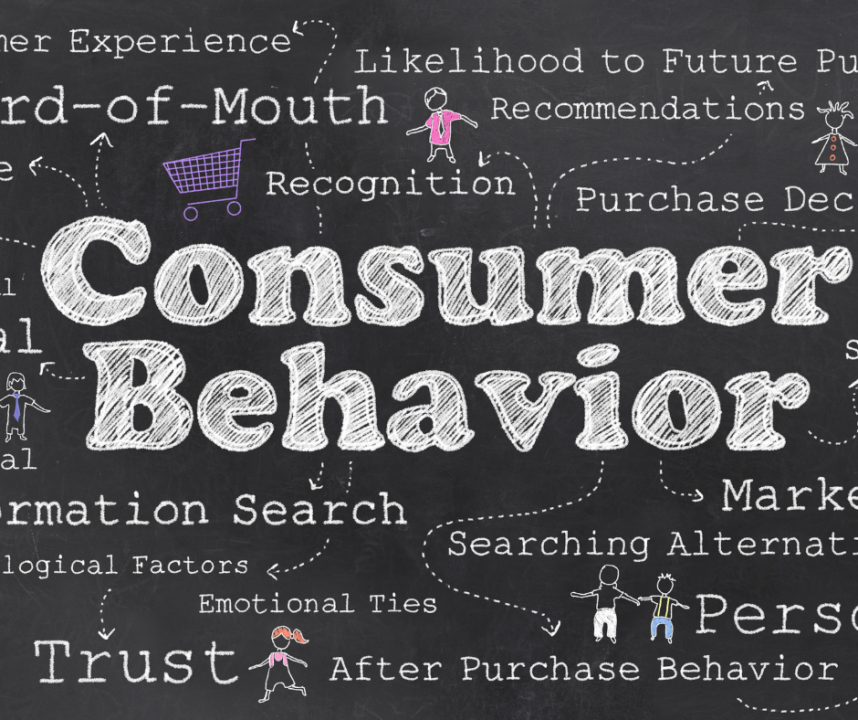
Behind every purchase, there’s more than just a product and a price tag there’s psychology. The world’s top brands use powerful psychological triggers to guide customer decisions, and the good news is small businesses can use the same strategies without big budgets.
In this article, we’ll explore key psychological principles that influence buying behavior and how you can apply them to boost your sales.
1. Scarcity: The Fear of Missing Out (FOMO)
When something feels limited, people want it more. That’s why “Only 3 left in stock” or “Sale ends today” drives action.
How You Can Apply It:
Use limited-time offers or countdown timers on promotions.
Offer exclusive products or bonuses only to early buyers.
Highlight low stock or limited availability.
💡 Pro Tip: Always be genuine with scarcity fake urgency can damage trust.
2. Social Proof: People Follow the Crowd
Customers trust other people’s experiences more than brand claims. That’s why reviews, testimonials, and influencer endorsements work so well.
How You Can Apply It:
Display customer reviews prominently on your website and social media.
Share before-and-after results or case studies.
Encourage happy customers to post about your business and tag you.
Social proof builds trust faster than any advertisement.
3. Reciprocity: Give to Receive
When you give something of value first, people feel more inclined to give back — even if that means buying from you.
How You Can Apply It:
Offer free guides, samples, or tips before asking for a sale.
Share valuable content consistently without always pushing products.
Surprise customers with small gifts or thank-you messages.
Generosity creates loyalty, which leads to repeat sales.
4. Anchoring: Setting the Reference Point
People judge prices based on what they’re compared to. If your high-priced package is shown first, your mid-tier option will seem more affordable.
How You Can Apply It:
Display premium options alongside your standard offerings.
Use “Was $100, now $70” pricing to highlight savings.
Offer tiered pricing plans to give customers a clear comparison.
Anchoring makes your pricing feel more attractive without lowering value.
5. Color Psychology: The Power of Visual Influence
Colors evoke emotions and can subtly influence buying behavior. For example, red can trigger urgency, while blue builds trust.
How You Can Apply It:
Use warm colors for call-to-action buttons to boost clicks.
Align your brand colors with your target audience’s desired feelings.
Test different color schemes in ads to see what drives more engagement.
A strategic color choice can increase conversions without changing your product.
6. Storytelling: Creating Emotional Connections
Facts tell, but stories sell. People remember narratives more than sales pitches.
How You Can Apply It:
Share the story of why you started your business.
Feature customer success stories in your marketing.
Use relatable scenarios in ads to connect with your audience emotionally.
When customers feel connected, they’re more likely to buy — and stay loyal.
Key Takeaway
Marketing psychology isn’t about manipulating people — it’s about understanding what motivates them and creating experiences that align with their needs and emotions.
By applying scarcity, social proof, reciprocity, anchoring, color psychology, and storytelling, your small business can influence buying decisions the same way big brands do — without spending a fortune.



Wow amazing blog layout How long have you been blogging for you made blogging look easy The overall look of your web site is magnificent as well as the content
Your blog is a treasure trove of valuable insights and thought-provoking commentary. Your dedication to your craft is evident in every word you write. Keep up the fantastic work!
My brother suggested I might like this website He was totally right This post actually made my day You cannt imagine just how much time I had spent for this information Thanks
Thank you for the auspicious writeup It in fact was a amusement account it Look advanced to far added agreeable from you However how can we communicate
Somebody essentially help to make significantly articles Id state This is the first time I frequented your web page and up to now I surprised with the research you made to make this actual post incredible Fantastic job
Excellent blog here Also your website loads up very fast What web host are you using Can I get your affiliate link to your host I wish my web site loaded up as quickly as yours lol
We can work with you to perfect your website, please send an email to info@tbildigital.com or call +1 (416) 435-7772.